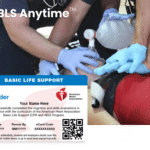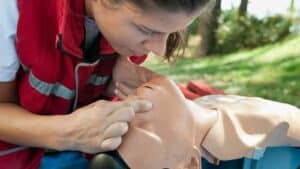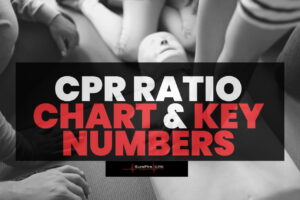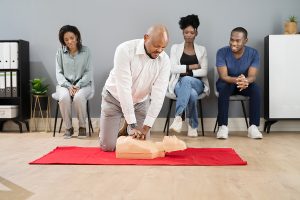Studies support the American Heart Association’s new approach as well. Oxygen is known to remain in the lungs of the victim even after he stops breathing. Compression initiated prior to airway clearance provides oxygen delivery to the brain even when mouth-to-mouth has not been initiated.
“Effective bystander CPR, provided immediately after sudden cardiac arrest, can double or triple a victim’s chance of survival.” (American Heart Association, 2011)
Because of the changes in protocols for delivering CPR, it is believed bystander delivery of CPR will increase, expanding the likelihood of better outcomes for sudden cardiac arrest victims. With the addition of AED’s in the protocols, bystanders now have “professional tools” at their disposal to assist during an event. Fortunately, no training is required to use an AED and bystander responders are able to provide much needed defibrillation simply by listening to the promptings given over the AED device, however, this training is easily accessible by taking CPR classes in Orange County.
The command to “clear” becomes less threatening and that life-saving “shock” can be given without hesitation. Confidence is restored with the ability to save a life through simplified means endorsed by the American Heart Association. CPR is now by-stander friendly and a process the general public is more apt to utilize when a crisis presents. A command to “clear” is not as daunting as the public stands ready to face the “Code Blue”.
Association, A. H. (2011). Fact Sheet.










